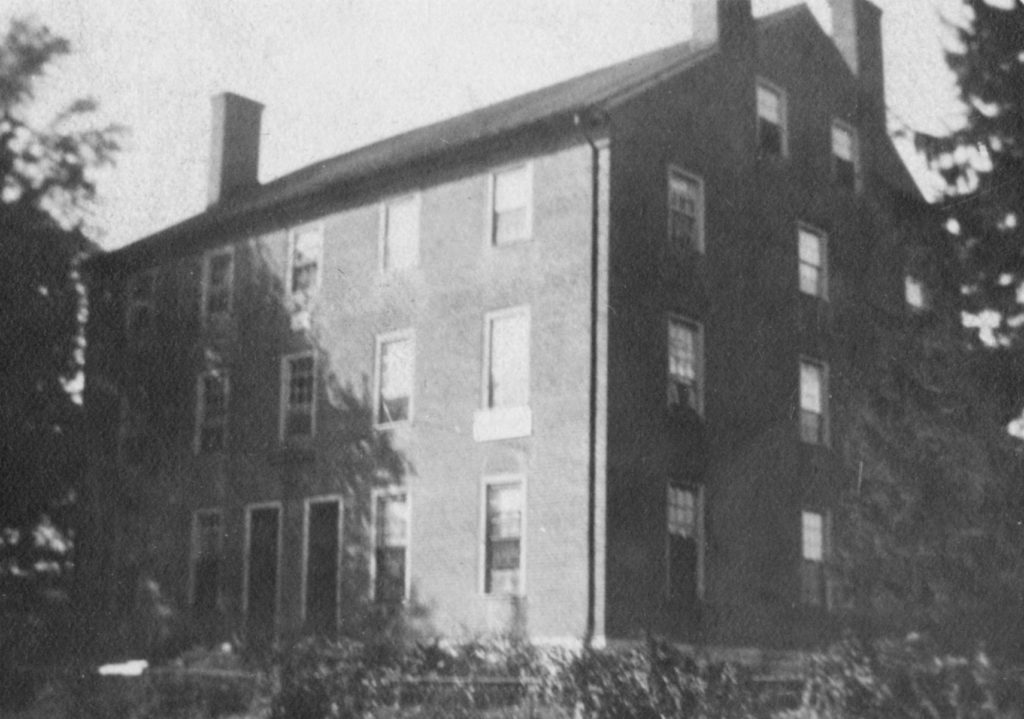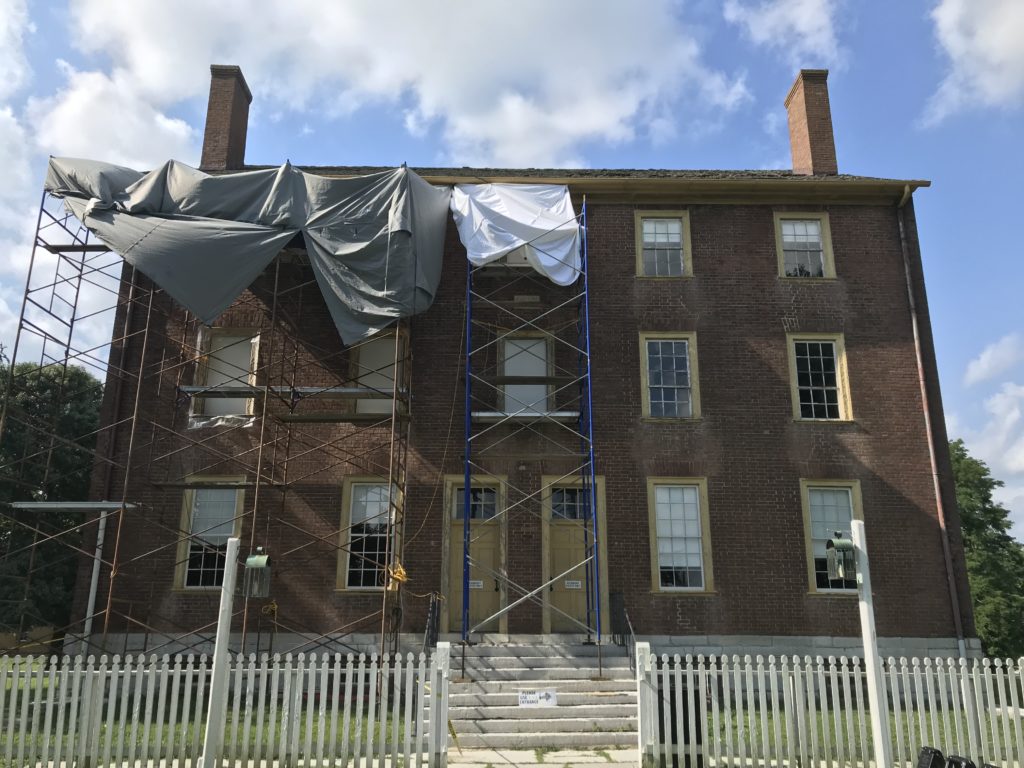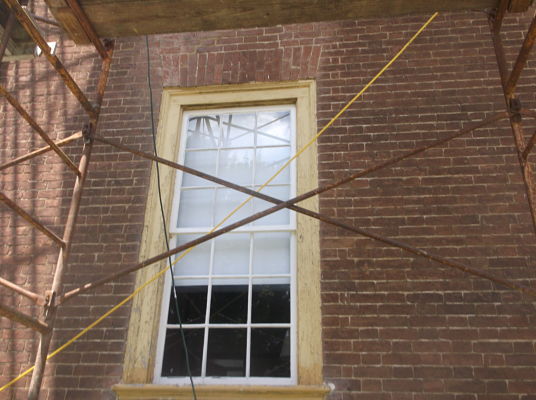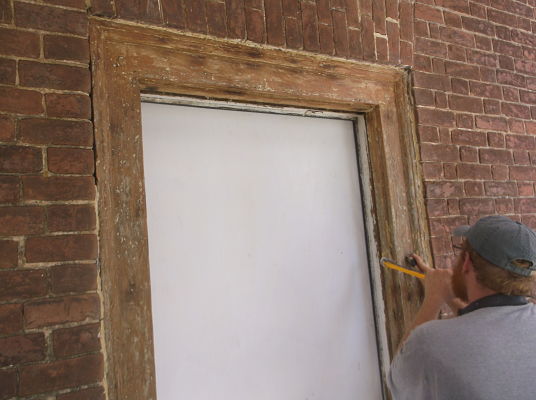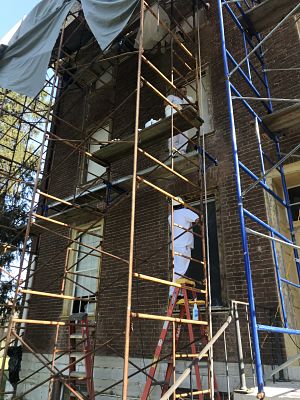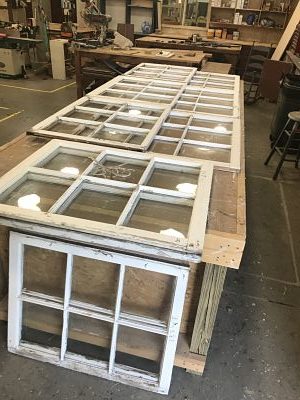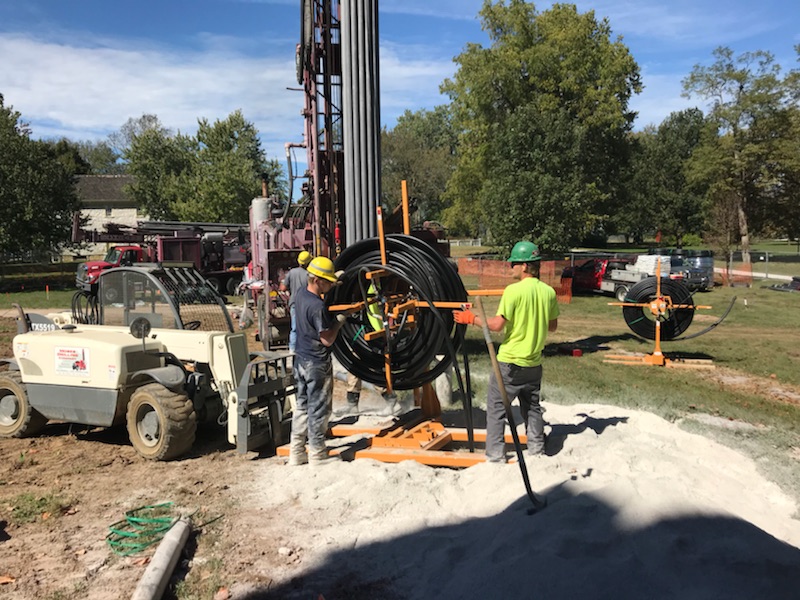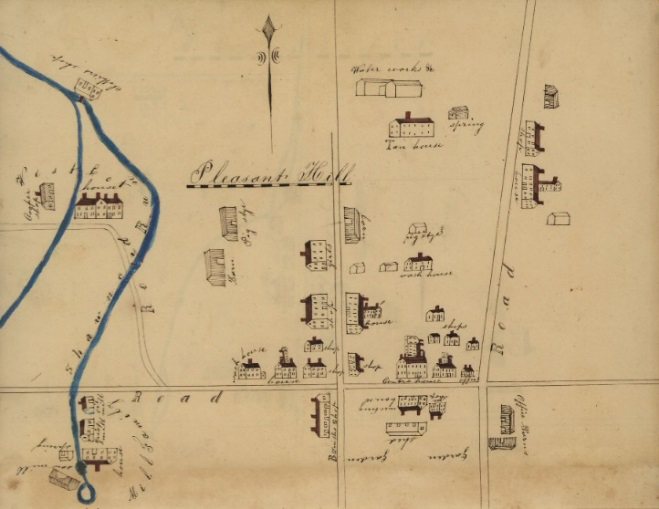Barry Stumbo, Chief Development Officer
Mrs. Milly Ann Stewart is a remarkable person, who has been a powerful and influential leader for historic preservation in Kentucky for over five decades. Mrs. Stewart was recently selected by the Kentucky Heritage Council for the Ida Lee Willis Memorial Award, Kentucky’s most distinguished celebration of historic preservation excellence.
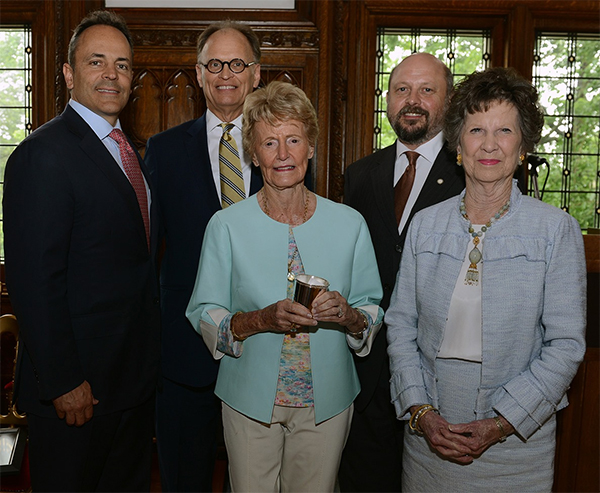
During her acceptance speech at the award ceremony, Mrs. Stewart spoke passionately about many historic sites and projects she has supported over the years, and one of those projects is the Campaign for Shaker Village . Mrs. Stewart later remarked, “The reason I’m so impressed with Shaker Village is because it’s a major entity of our history. It was so important to the early settlers and the Shakers were so innovative, and their agricultural practices were ahead of their time.”
She added, “Their craftsmanship and furniture were outstanding and their work benefited the entire community. The whole village was remarkable for its time and expresses the way of life they lived which was so different from the fast-pace world today.”
Mrs. Stewart served on the Kentucky Heritage Council under Governor Julian Carroll and Governor John Y. Brown from 1975-83. During Governor Carroll’s administration she chaired the Mansion Restoration Committee, and in that role she raised the money necessary to refurbish the Governor’s Mansion at a time when the legislature chose not to fund the project. She went on to raise money for the restoration of Kentucky’s Old State Capitol as well as the state’s History Center and the Barstow House, next door. In Lexington she was a major supporter of Henry Clay Estate, Ashland, and the John Hunt Morgan House and Frankfort’s Liberty Hall. There are so many other preservation projects she has touched throughout the years that space doesn’t allow us to name them all!
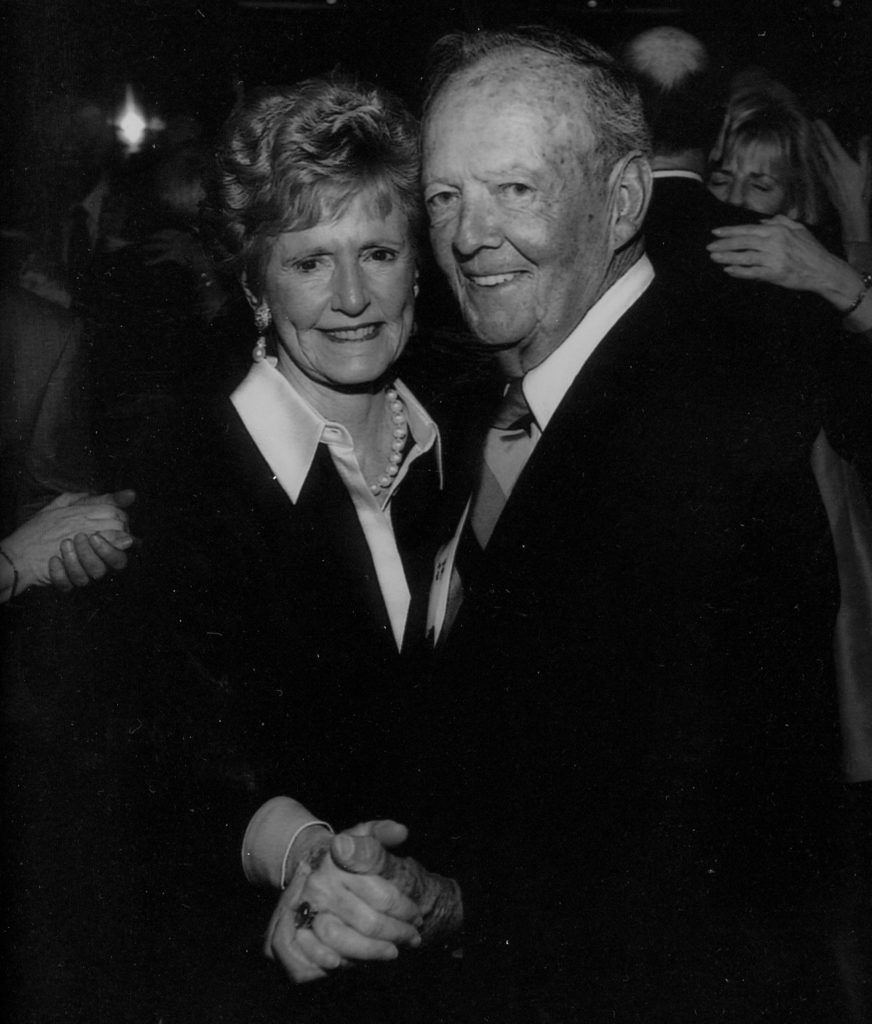
Barbara Hulette, Mrs. Stewart’s longtime friend and fellow preservationist said, “Milly has made such a tremendous impact on historic preservation in Kentucky, and she does it quietly with style and grace. She doesn’t seek recognition for her accomplishments. She does it because she wants to preserve Kentucky’s rich heritage for generations to come.”
Mrs. Stewart was also responsible for getting the entire Stewart Home & School (formerly the historic Kentucky Military Institute) on the National Register of Historic Places. A fore runner of its time as a community and school for individuals with intellectual disabilities, the Stewart Home & School of Frankfort was established in 1893 by John Q. A. Stewart, M.D. and has been continuously operated by the Stewart family for over 125 years. For 58 years the late John P. Stewart II, M. D. led the school along with other members of the family, and dedicated son-in-law Barry Banker. The fifth generation of the Stewart family are very involved today with Mrs. Stewart’s son, John D. Stewart II, M. D., stepping into his father’s shoes and working alongside Barry Banker.

Mrs. Stewart has four children John, Jean Ann, Charles and Cathy. Cathy is a former Board of Trustee at Shaker Village. She also has seven grandchildren and four great-grandchildren.
Mrs. Stewart recently said “Preserving this national treasure is so important for future generations. That’s why I feel so strongly about Shaker Village!”
Shaker Village and so many other organizations are grateful for what she has accomplished. She is truly a Kentucky treasure!
